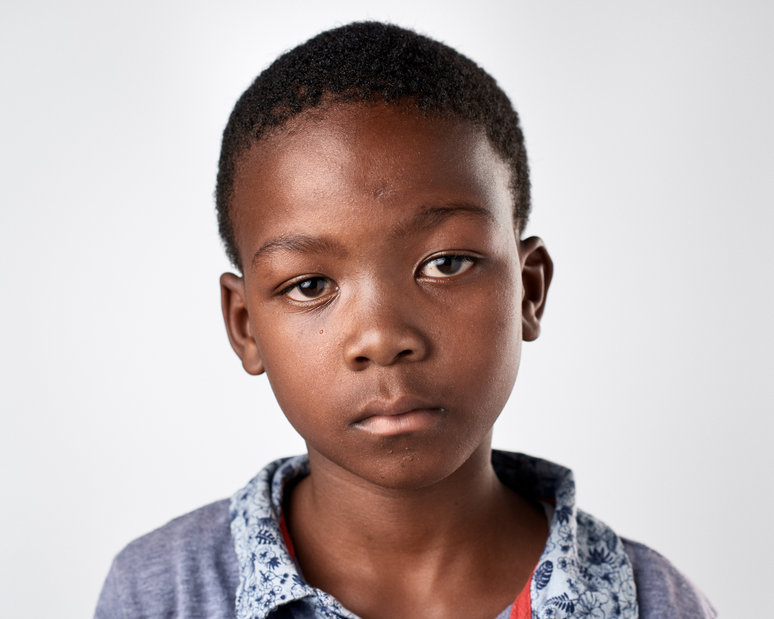Most people assume that suicide occurs mainly among teens and young adults who are selfish and impulsive or aging veterans suffering from depression and PTSD. While that might seem to be the case, it is not. Children as young as 5 have died by suicide. It is the second leading cause of death for children between 10 and 14.
Talking about suicide does not cause suicide. In fact, the opposite is true. For younger children, the vocabulary must be age-appropriate. It should address feelings and mental health in ways young children can understand.
Stress, trauma, and lack of access to mental health support, especially during the pandemic, can lead to suicide. Most children who die by suicide have mentioned wanted to kill themselves, although they rarely understand the causes of those feelings. Adults responsible for their safety simply didn’t believe them.
Adults who work with young children need to get past their fear of talking about suicide prevention in the elementary grades. Here’s how they can prevent tragedy.
 A
Culture of Caring: A Suicide Prevention Guide for Schools (K-12) was
created as a resource for educators who want to know how to get started and
what steps to take to create a suicide prevention plan that will work for their
schools and districts. It is written from my perspective as a school principal
and survivor of suicide loss, not an expert in psychology or counseling. I hope
that any teacher, school counselor, psychologist, principal, or district
administrator can pick up this book, flip to a chapter, and easily find helpful
answers to the questions they are likely to have about what schools can do to
prevent suicide.
A
Culture of Caring: A Suicide Prevention Guide for Schools (K-12) was
created as a resource for educators who want to know how to get started and
what steps to take to create a suicide prevention plan that will work for their
schools and districts. It is written from my perspective as a school principal
and survivor of suicide loss, not an expert in psychology or counseling. I hope
that any teacher, school counselor, psychologist, principal, or district
administrator can pick up this book, flip to a chapter, and easily find helpful
answers to the questions they are likely to have about what schools can do to
prevent suicide.


